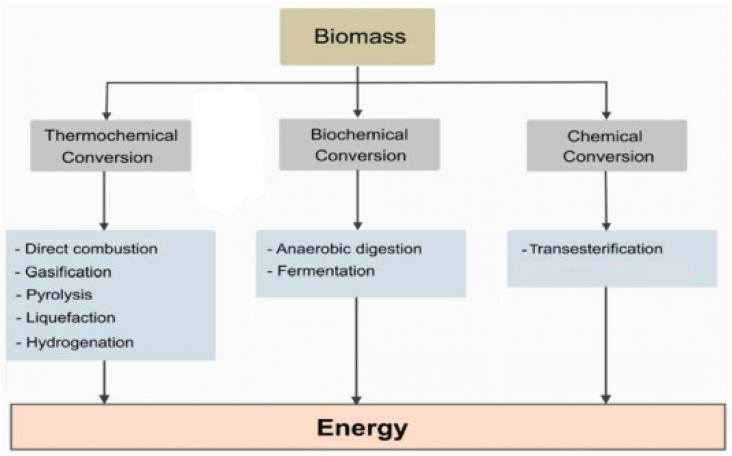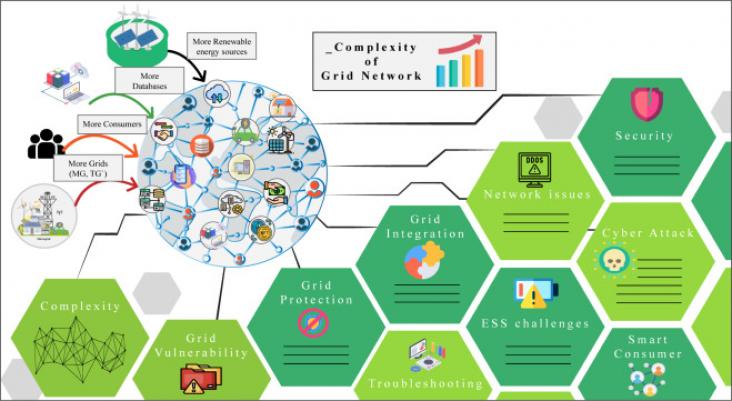This Article supports SDGs 7, 11, and 8 by presenting an alternative means of agricultural transport utilizing solar-powered farm rickshaws versus the traditional fossil fuel vehicles.
Reducing emissions and improving environmental conditions are now a global priority for promoting sustainable growth and preventing the adverse consequences of global warming and climate change.

An investigation supporting SDGs 7 and 13, based in Ghana, into the possibility of using slaughterhouse wastes as a source of renewable energy through biogas technology. The researchers concluded that 'Ghana generates significant amount of slaughterhouse waste each year that can be processed using AD [anaerobic digestion] for energy and electricity production to supplement the country's electricity needs, while reducing GHG emissions'.
This Article supports SDG7 and 13 by proposing a new model to identify the most critical features of energy storage system technologies to enhance renewable energy integration and achieve New York State's climate goals from 2025 to 2040.
In this paper the authors investigate the effects of climate changed and hydroclimatic extremes on hydropower production in India
A technology that has shown promising potential in supporting food and energy security, as well as supporting water security, is agrivoltaic (AV) systems.
An investigation into a new integrated model for pricing and financing a sustainable supply chain that can reduce manufacturing costs and thus encourage better participation by producers in green projects.
In this paper the authors discuss the geothermal potential of sedimentary basins, and their role in achieving the decarbonisation of the energy sector

This article supports SDGs 7,9 and 11 by proposing that the real-time online analysis, data integration, and prediction of future status, monitoring, decision-making, and self-healing of the power grid can be achieved, providing high security, reducing the risk of power grid accidents, and serving multiple fields of producers, consumers, and the entire country.
Geopolitical applications of negative emissions and solar geoengineering technologies.
